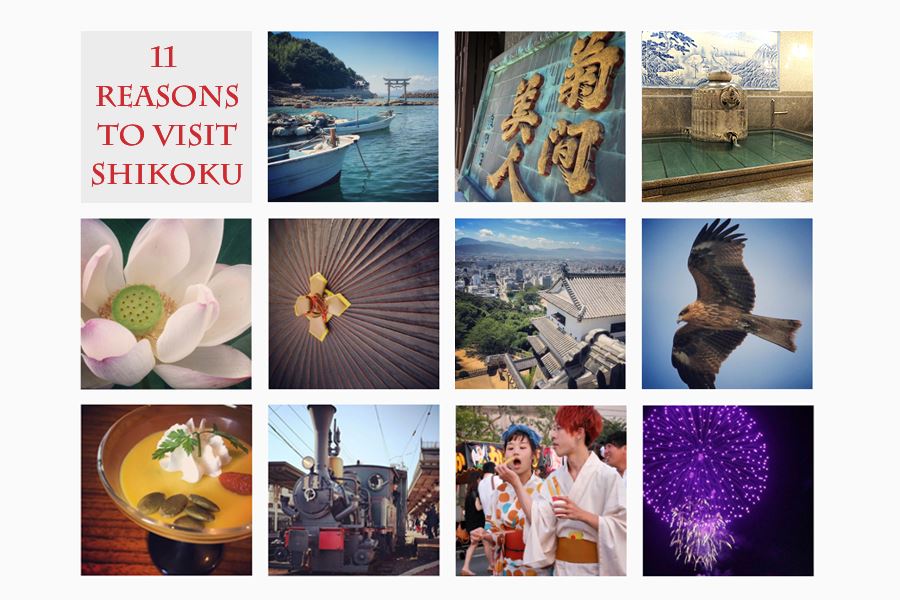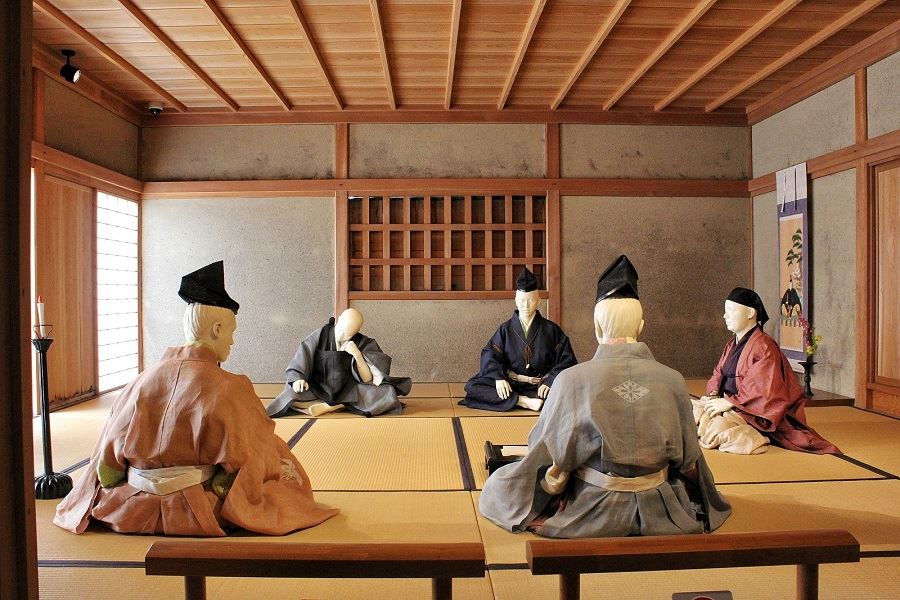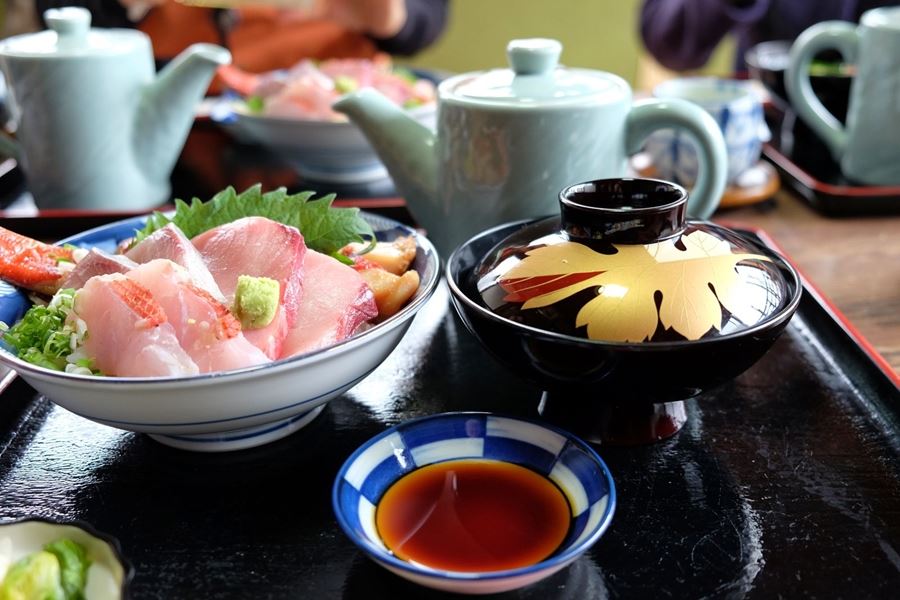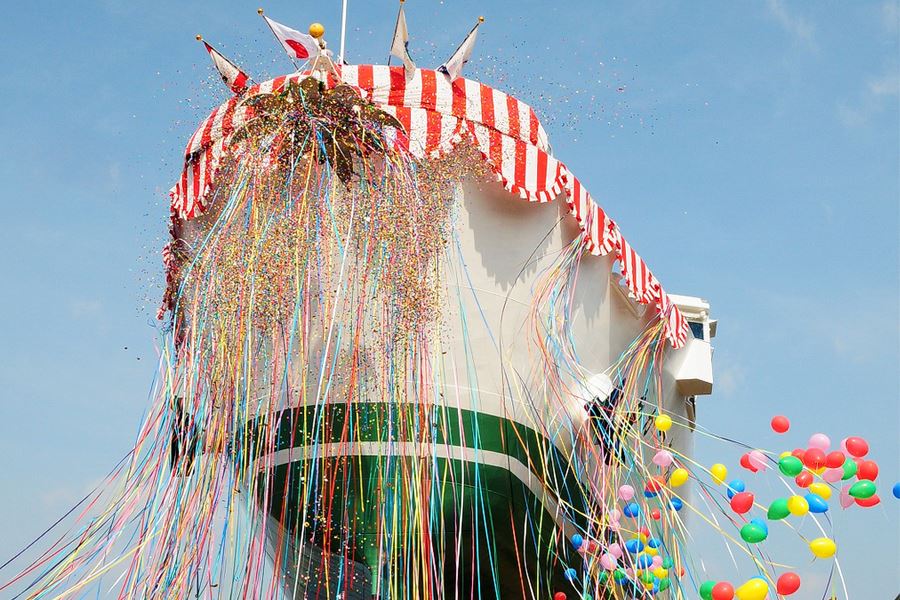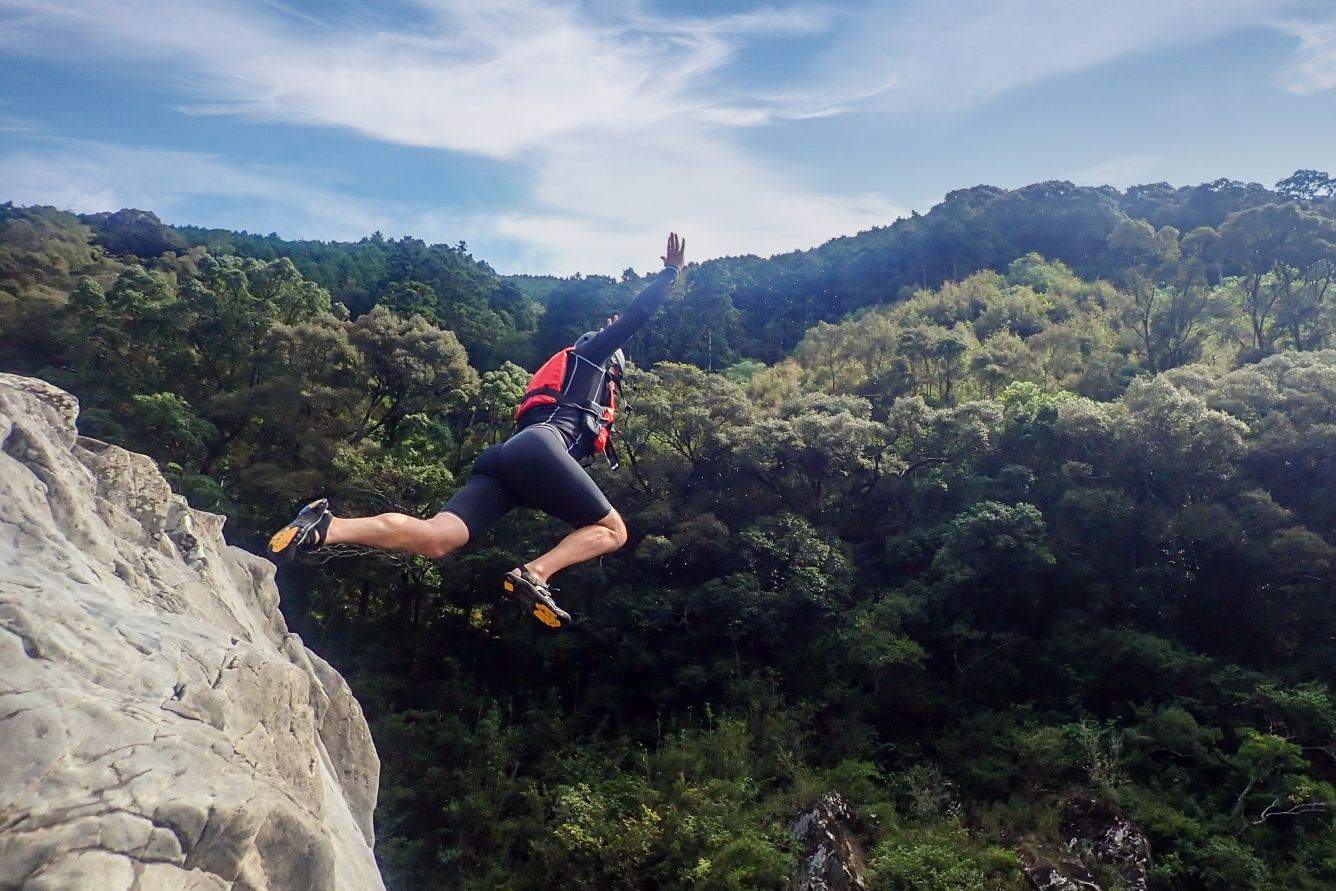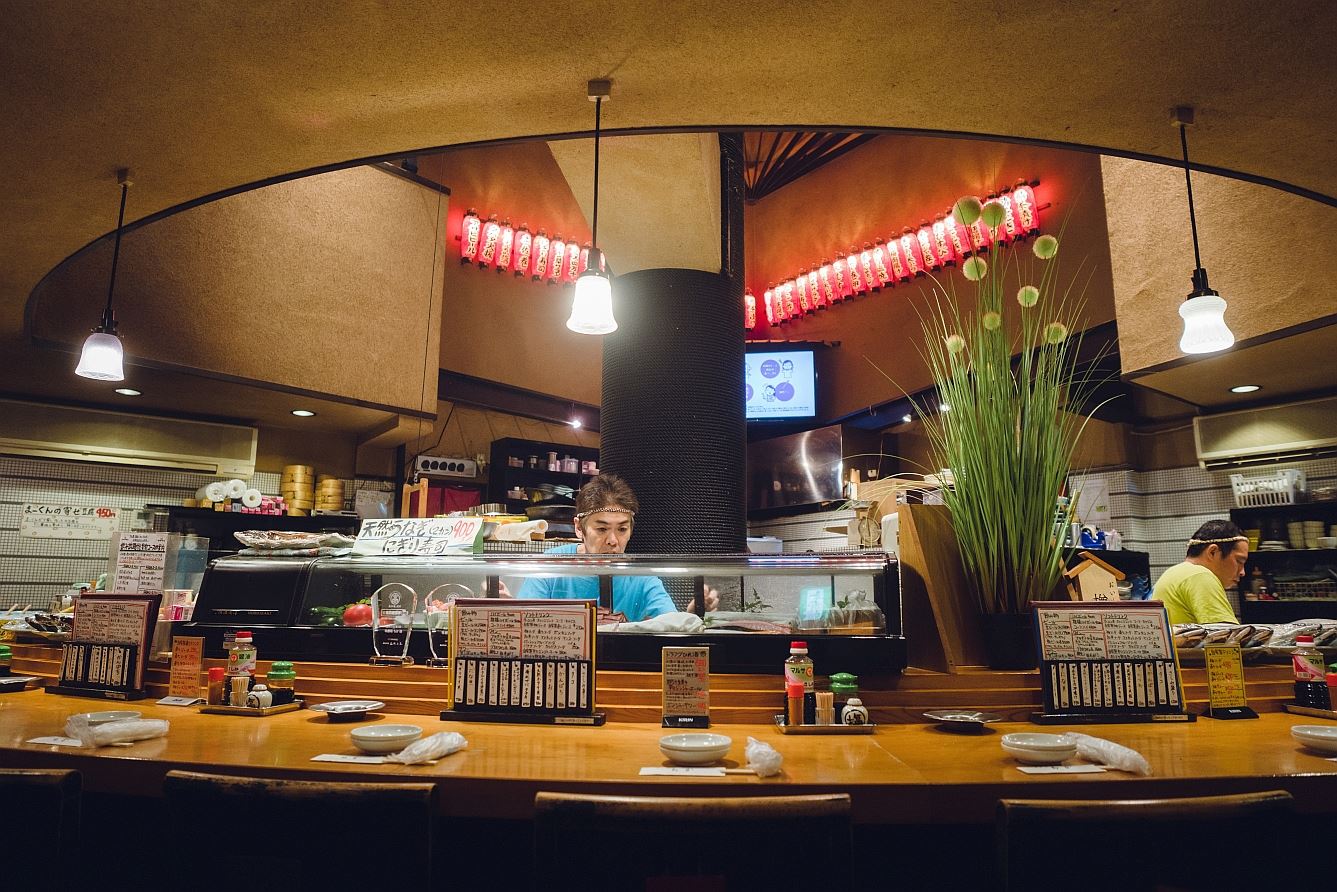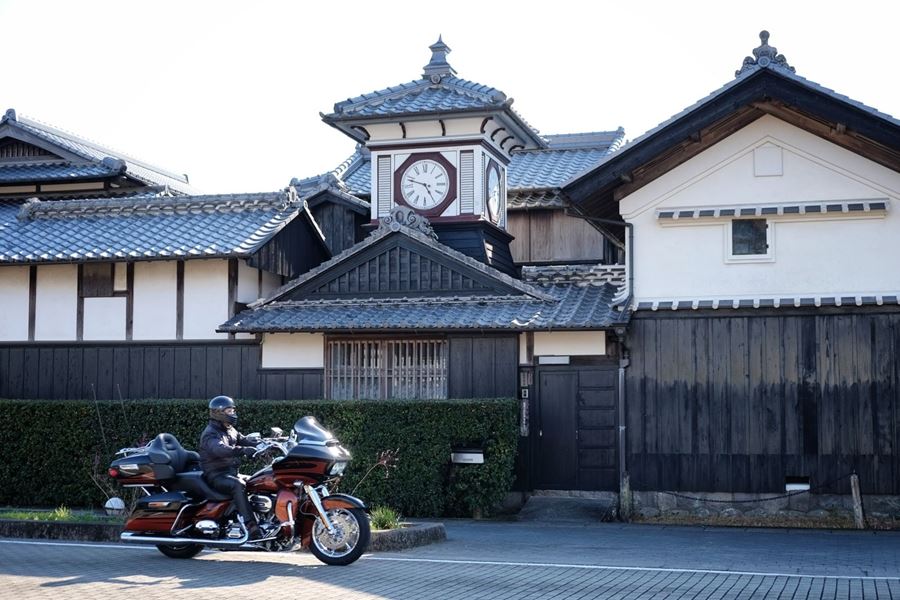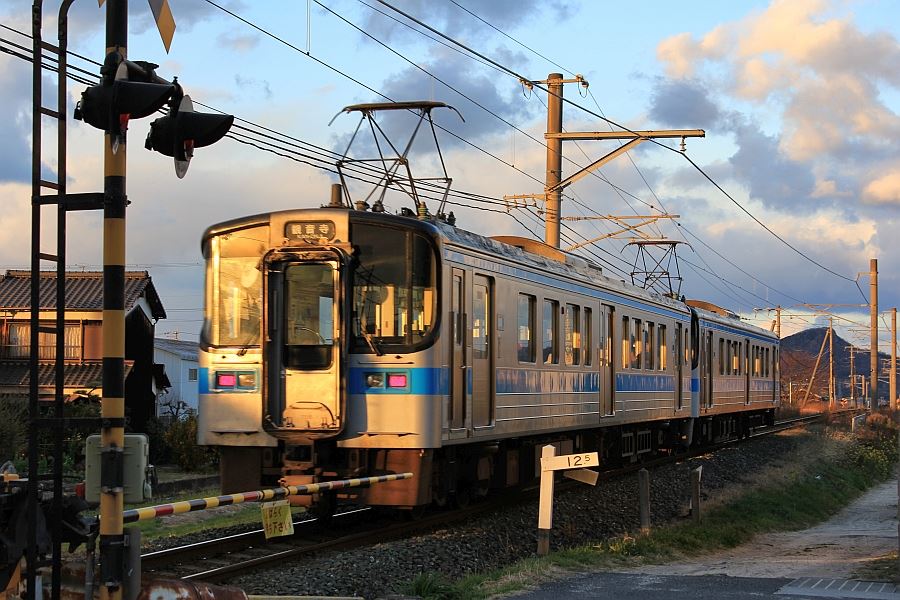Shikoku Castles
Of the twelve castles from the Edo period, four of them are located in Shikoku.
Home » Shikoku Castles
Shikoku Castles
Among those with an interest in samurai, castles, and military history, it’s well-known that only twelve of Japan’s castles survive from the Edo period. What this means is that only twelve Japanese castles still have an original wooden tenshu (keep) built before 1860. Four of these are in Shikoku – Marugame, Matsuyama, Uwajima and Kōchi. As a result of its relative isolation and slow pace of development, Shikoku has retained many buildings from past ages, and this is equally true of its castles. Shikoku also has many castle ruins, as well as castles that have been restored in more or less authentic fashion. Let’s have a look at some of Shikoku’s castles.
Marugame Castle
From the elevated tracks of JR Marugame Station, Marugame Castle in Kagawa Prefecture presents a slightly odd appearance — a small tower perched atop massive stone fortifications. This is because the walls were built for a grander edifice. Marugame Castle was originally constructed between 1597 to 1602 by Ikoma Chikamasa, the feudal lord who also built Tamamo Castle in Takamatsu. But due to a new shogunal ruling that limited the number of castles in each province to one, Marugame Castle was dismantled 13 years after its completion. The castle was rebuilt in 1664 by Yamazaki Ieharu after the province had been divided in two, and most of what stands today dates from his reconstruction. Some of the stones in the walls are marked with symbols indicating which vassals provided them.
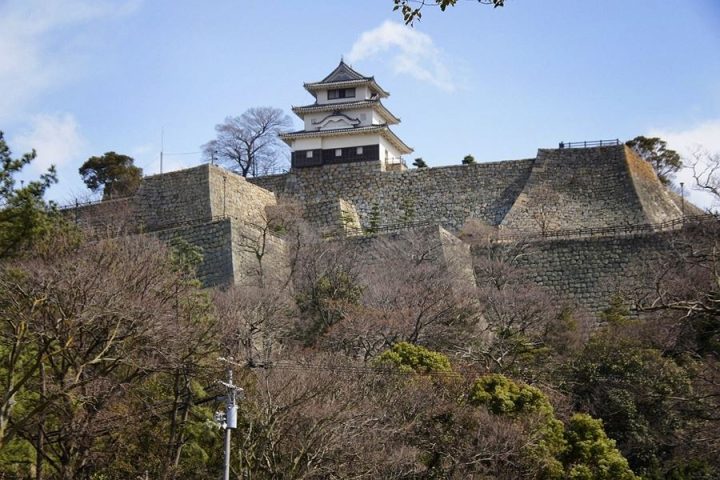
Marugame is a hilltop castle with a rinkakushiki layout. In the pre-modern age, it lay within the borders of Sanuki Province. It was in use from 1597 to 1871.
Besides the stone walls, few of the buildings at Marugame Castle still stand today, though the Ōte Ichino Gate, Ōte Nino Gate, and the tenshu, which underwent a major restoration in 1950, still stand.
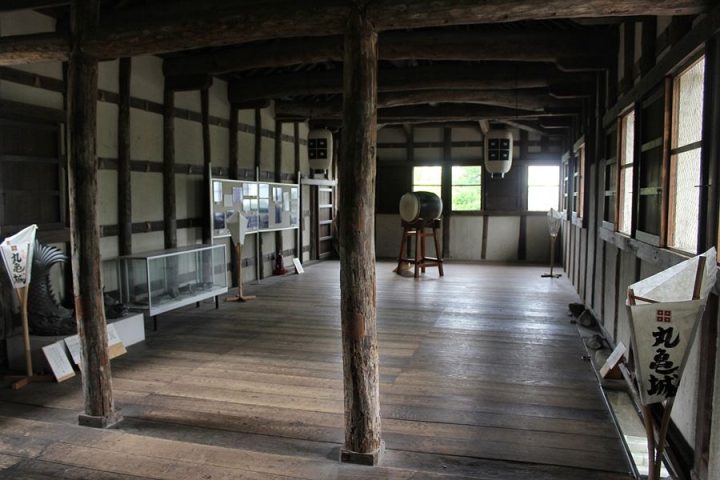
The castle is located a short walk from the train station. A bridge across the moat leads into a square enclosure, which would have been lethal to attackers. The magnificent gateway to the right is topped with a long guardroom that you’re free to enter. A series of concrete pathways lead up through a ziggurat of massive walls with various defensive features. You emerge in the honmaru at the top, which affords a 350-degree panorama of Marugame, including the distinctively-shaped Mt. Iinoyama.
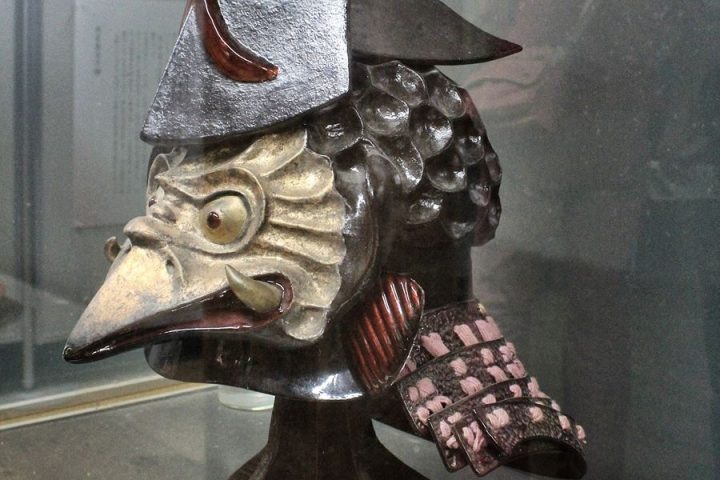
Inside the tenshu, various exhibits present the life and culture of the samurai. A fresh breeze blows through windows of the top floor, where you get views of the scenery framed by roof tiles.
Imabari Castle
Imabari Castle in Ehime Prefecture is classified as a flatland castle, with a rinkakushiki layout. In the pre-modern age, it lay within the borders of Iyo Province. It was in use from 1602 to 1873. This castle, along with Takamatsu, are the two mizujirō, or sea castles of Shikoku.
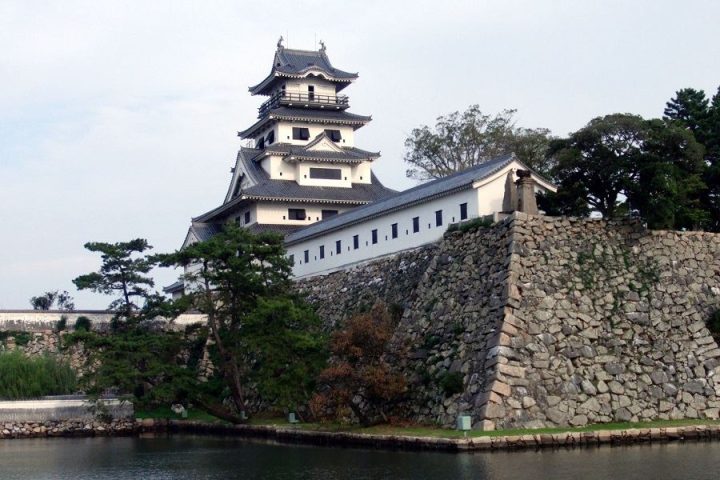
Imabari Castle was built by Tōdō Takatora, a local daimyo and renowned designer of castles. He’s known to have had a hand in the design of several of the castles of Shikoku. At that time, the seat of government was Kokufu Castle on Mt. Karako to the south of the current Imabari Castle. Takatora considered the site unsuitable, and abolished Kokufu Castle in favour of the current site.
In 1635, the Imabari Domain and castle were given to Matsudaira Sadafusa, nephew of Tokugawa Ieyasu. He and his descendants ruled the domain for the duration of the Edo period. In the Meiji period, the government had all of the buildings associated with the castle destroyed. In 1980, Imabari City rebuilt the tenshu (keep) in concrete, and since then, various other buildings have been recreated using authentic materials and techniques.
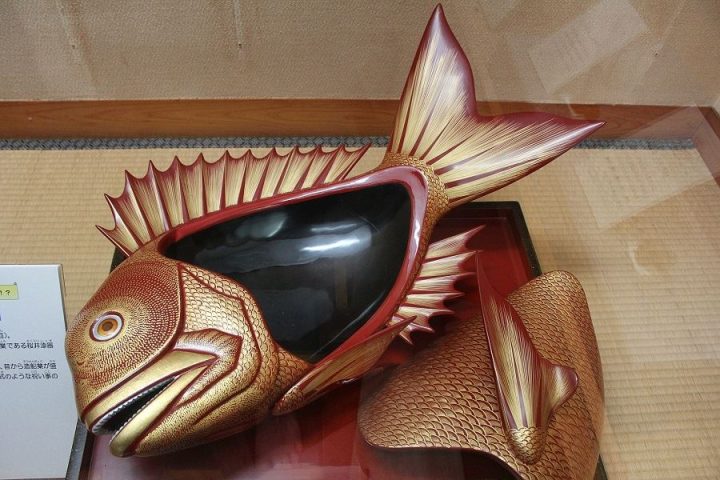
Imabari’s most distinctive feature is a wide moat fed by seawater from the nearby port. In the moat, you can see large seawater fish swimming and jumping, and watch the water level rise with the tide. The moat averages 60 m across, neutralizing the effects of arrows and the firearms of the time. The walls, which remain largely unchanged from the Edo period, are an attractive patchwork of various types of coloured stone.
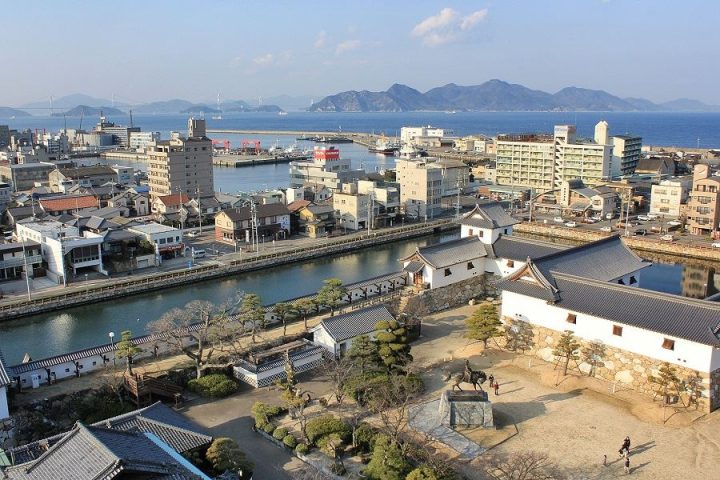
The tenshu and yagura (watchtowers) house an excellent collection of armour, weapons, and artifacts related to samurai life and culture. The view from the top of the tenshu is also magnificent, encompassing the Kurushima Strait and its bridge and an expanse of the Seto Inland Sea on one side, and Mt. Takanawa on the other. The castle grounds are shared by a large and beautiful shrine, some fine statuary including Takatora on horseback, and a wartime air raid siren on an elegant plinth.
Matsuyama Castle
Matsuyama Castle in Ehime Prefecture is a hilltop castle with a renkakushiki layout. It stands on the summit of Mt. Katsuyama, an imposing hill in the middle of Matsuyama. In the pre-modern age, it lay within the borders of Iyo Province. It was in use from 1603 to 1873.
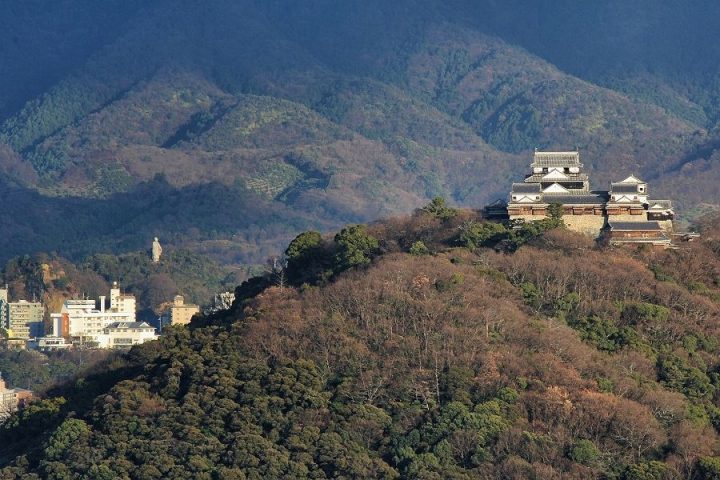
The castle was originally built by Katō Yoshiaki in 1603. Tōdō Takatora is thought to have had a hand in the design of the defences. The castle had a large five-story tenshu (keep), but when Katō was transferred to Aizu in 1627, he took his tenshu with him to Aizu Castle. His successor in Matsuyama, Tadachika Gamō, died in 1635, shortly after completing the ninomaru, the second ring of fortifications. He was followed by Matsudaira Sadayuki, who completed a new tenshu in 1642. His heirs continued to rule the castle after his death.
On New Year’s Day, 1784, the tenshu was struck by lightning and burned down. The current tenshu was built between 1820 and 1854. The castle survived the Meiji restoration, but parts of it were destroyed by American bombing during World War II. Since 1966, the city of Matsuyama has been working to restore the castle using traditional methods and materials.
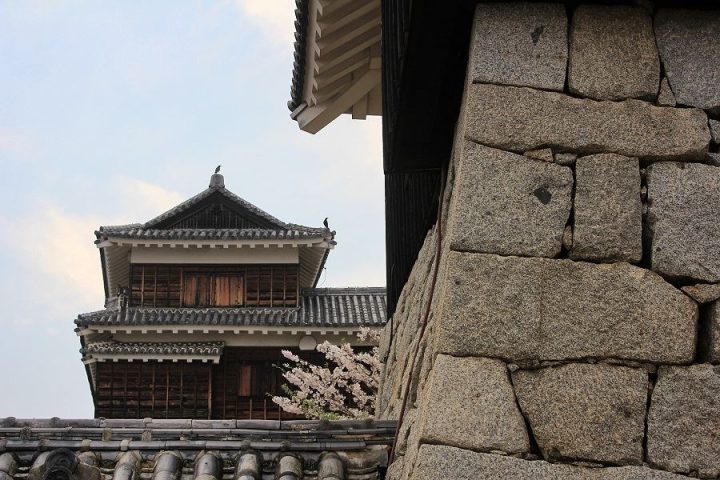
Originally, Mt. Katsuyama had two peaks. The valley in between was filled in to create a plateau on which the castle stands. The approach to the castle involves a number of switchbacks and false approaches intended to confuse attackers. There’s also a hidden gate next to the main entrance to the honmaru, which allowed defenders to sally out and surprise attackers as they tried to storm the main gate. Once a distinctive feature now hidden by trees are the two long walls that link the ninomaru at the base of the hill with the honmaru at the top.
You can get to the castle on foot by one of several steep paths. For those not inclined to walk, the cable car and chairlift are an attractive option.
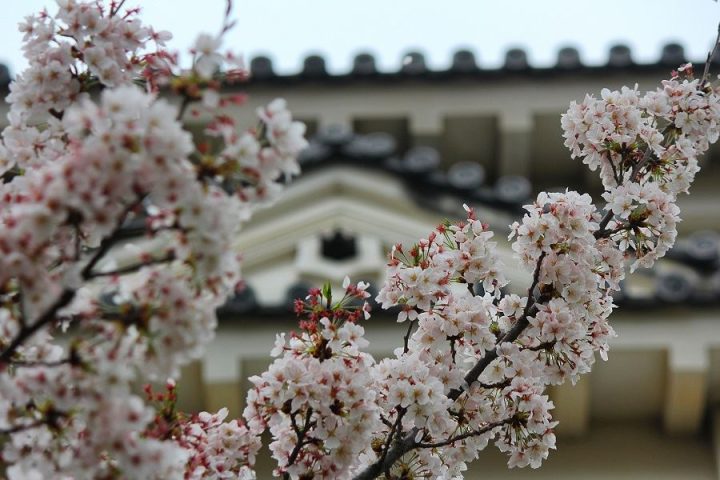
Inside the castle, there’s a good collection of armour, weapons, historical artifacts, and displays explaining the construction of the castle. The views in all directions from the top of the tenshu are extraordinary.
Yuzuki Castle Site
Yuzuki Castle, now a ruin, is the site of today’s Dōgo Park, in Matsuyama, Ehime Prefecture. It was a flatland castle, with a teikakushiki layout. In the pre-modern age, it lay within the borders of Iyo Province. Associated with the Kōno and Ogasawara clans, it was in use from 14C to 1587.
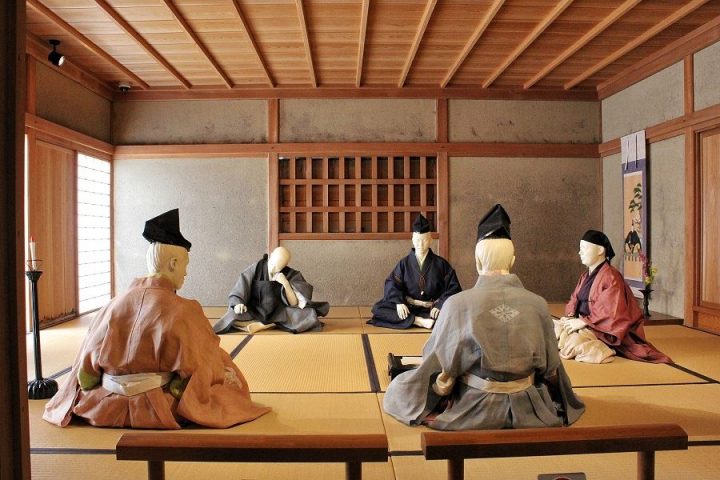
Today Dōgo Park is a peaceful place, but bitter battles were fought here. The nearby Ishite River is said to have flowed red with blood for three days after one battle.
There’s a large green area with a commanding hill and a moat to mark the place where Yuzuki Castle stood. It was founded by the Kōno Clan who ruled Iyo Province from the site from the fourteenth century. Fortified in the sixteenth century, the castle was destroyed by the army of Toyotomi Hideyoshi in 1585 during the Sengoku period. Its ruins were excavated in 1988, and a little museum was cut into the fortifications, which shows some of the archaeological findings. A samurai complex has been reconstructed which houses another fascinating museum. Don’t miss the unglazed plate with a cat’s paw print that was left for posterity to chuckle over.
Ōzu Castle
Ōzu Castle in Ehime Prefecture is a hilltop castle with a teikakushiki layout. In the pre-modern age, it lay within the borders of Iyo Province. It was in use from 1331 to 1871.
The castle stands on a hillock that extends into a bend in the river Hiji, creating the impression that the castle stands on an island. Its walls are built of rough, undressed grey stone. Inside the walls is a well said to be one of the largest in Japan.
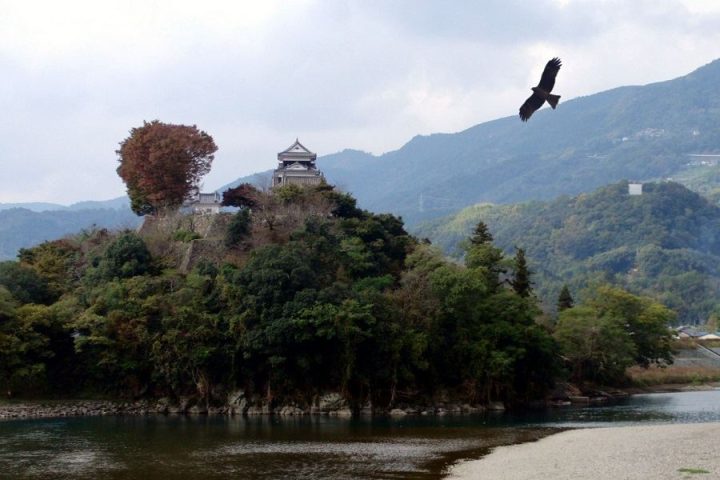
The castle keep was destroyed at the end of the feudal period, leaving only the walls and a couple of watchtowers intact. But after careful research using surviving photos and an old wooden model, the people of Ōzu concluded that it should be possible to reconstruct the keep using authentic castle building techniques and materials – wood, plaster, tile, mud, straw rope and a few iron nails. The nails were all hand forged by a gentleman who is honoured as a living national treasure.
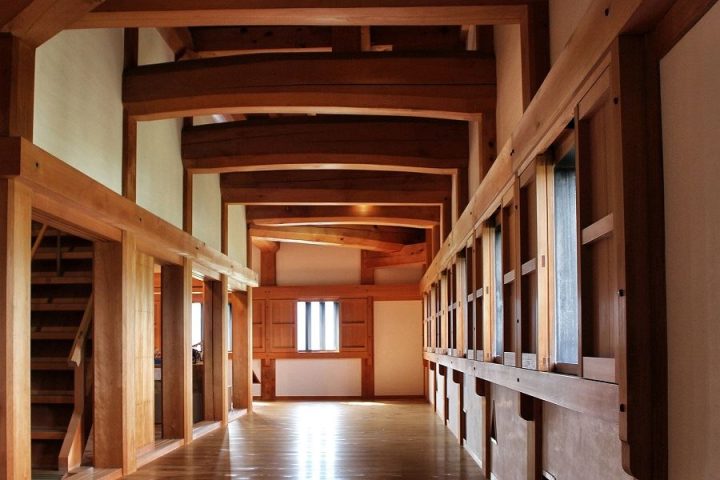
Most reconstructed castles in Japan are made of reinforced concrete, and so Ōzu is unique in the effort that went into rediscovering the old techniques. Completed in 2004, the interior still has the rich smell of cut wood, hinoki in fact, from Nagano. Wood from overseas would have been far cheaper, but less resilient to Japan’s moist climate.
While most castles feature exhibits of armour and weapons, Ōzu focuses on architecture, with some nicely done displays including panels, intricate models, and several infotaining dioramas. The dioramas are charming if not altogether accurate. One shows the castle structure being built from the top down, which was in fact opposite to the way the tower was built. A cutaway model of a roof section shows the extraordinary complexity of Japan’s old building techniques.
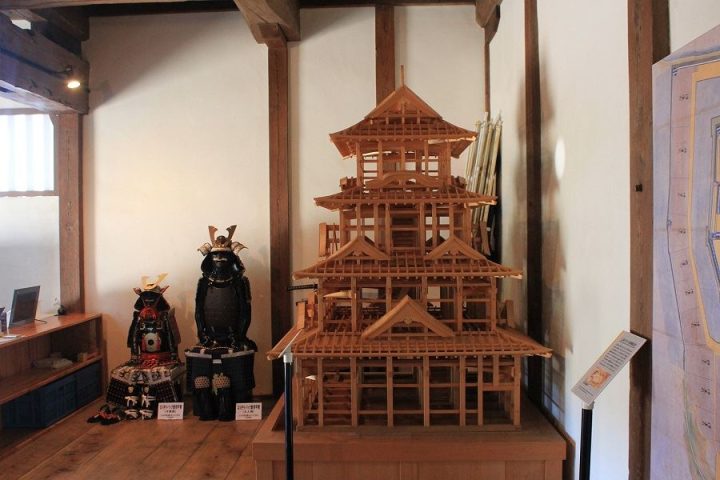
If you make your way to the top of the tower, you’re rewarded with a panoramic view of the surrounding river, mountains and town, which still retains its appearance and character as castle town.
The staff at the castle are friendly and chatty. The young man we spoke to was clearly very proud of their teppotai — a group who perform reenactments with matchlock guns.
Uwajima Castle
Uwajima Castle is a hilltop castle with a teikakushiki layout. In the pre-modern age, it lay within the borders of Iyo Province. It was in use from 1596 to 1871. With Matsuyama Castle it’s one of the two in Ehime with a keep that remains as it was in the 1800s, out of the twelve surviving in Japan.
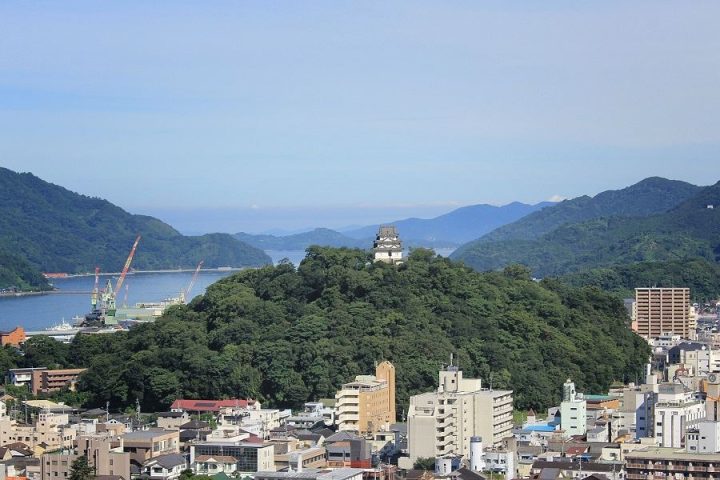
This castle was constructed by Tōdō Takatora, the daimyō of a small fiefdom granted by Toyotomi Hideyoshi in 1595. Tōdō moved to Imabari after the battle of Sekigahara. From 1615, Uwajima was the fief of the Date clan, who repaired and expanded it in 1671. Today, the moat has been filled in and the third ring of defences has been obliterated, although what remains is quite imposing.
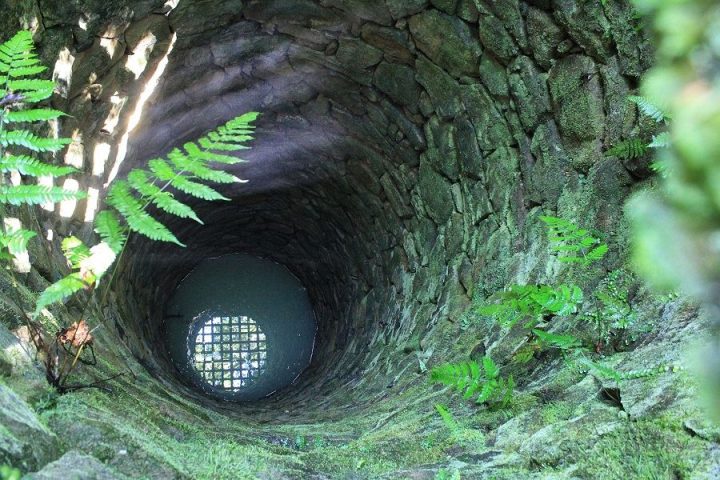
Access to the castle is through a small gateway, and a series of ferny, mossy steps that wind up the steep slope through dense woods. On the way up, you pass a deep well sunk into hillside. The steps up to the castle are as they were when it was in use, and their irregularity was a subtle aspect of the defensive structure of the fortifications, forcing attackers to mind their step, literally.
The tower is noted for its small size and elegance. It’s unusual in that its plaster walls aren’t flush with the stone base, creating a ledge where an attacker could potentially stand. Another unusual feature is the sliding ports at the very top of the tower which could be opened to let out the smoke from defensive musket fire.
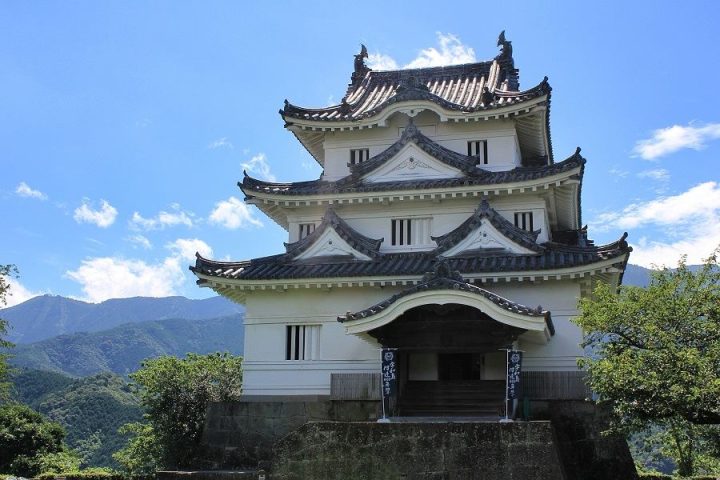
There’s a fantastic view from the top of the keep over Uwajima port and the dramatic bulk of the mountain called Onigajo — Ogre’s Castle.
Kōchi Castle
Kōchi Castle is a hilltop castle with a teikakushiki layout. In the pre-modern age, it lay within the borders of Tosa Province. It was in use from 1603 to 1871. The castle is one of the four in Shikoku with a keep that remains as it was in the 1800s, and indeed, it’s the only castle in Japan retaining all the original buildings in the innermost ring of defence, including the residence of the local daimyō. This gives the castle a satisfying feeling of completeness, creating a stronger impression of what castle life might have been like.
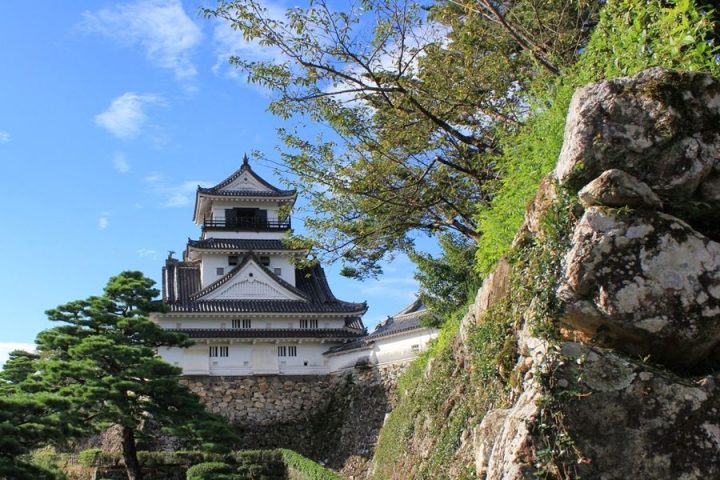
The current buildings date from 1748 when the castle was rebuilt after a fire. The castle was never involved directly in any battles. Interesting defensive features include ‘ninja spikes’ around the base of the keep to deter people in black pajamas, and a deceptive gateway that leads into a dead-end for attackers. The gateway has a number of gun ports that are lightly plastered-over for concealment.
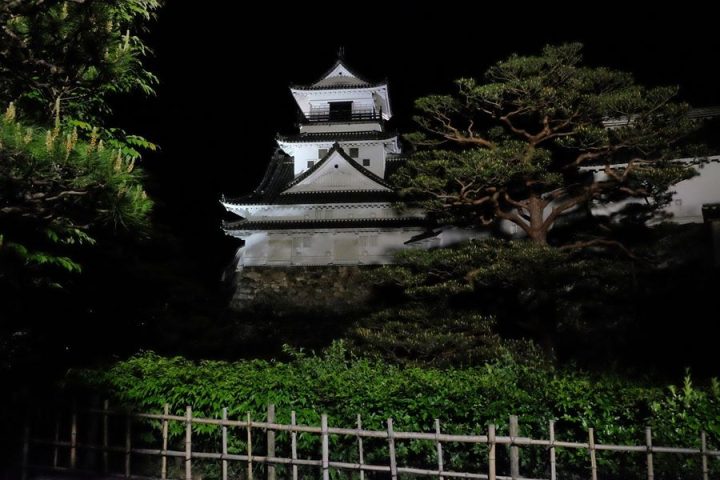
You enter the attractive castle grounds across a small moat dotted with lily pads. A path wends steeply up through various rough stone fortifications, with the keep towering high above. The original buildings in the honmaru, with their beautiful smooth wood, have a palpable feeling of age. You pass through the elegant but compact daimyō’s palace before climbing up through the various floors of the keep. On each floor, there are interesting exhibits and dioramas explaining the history and structure of the castle, and Kōchi. The view from the top is fantastic.
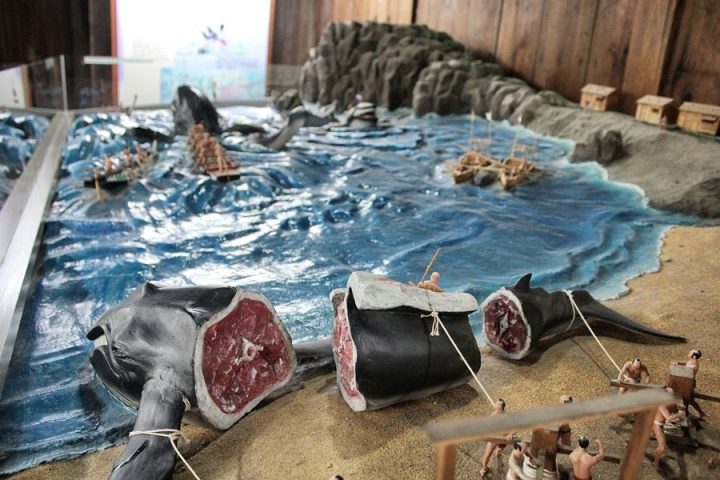
Takamatsu Castle
Takamatsu Castle, also known as Tamamo Castle, is classified as a flatland castle with a rinkakushiki layout, and is located in Kagawa Prefecture. In the pre-modern age, it lay within the borders of Sanuki Province. It was in use from 1590 to 1869.
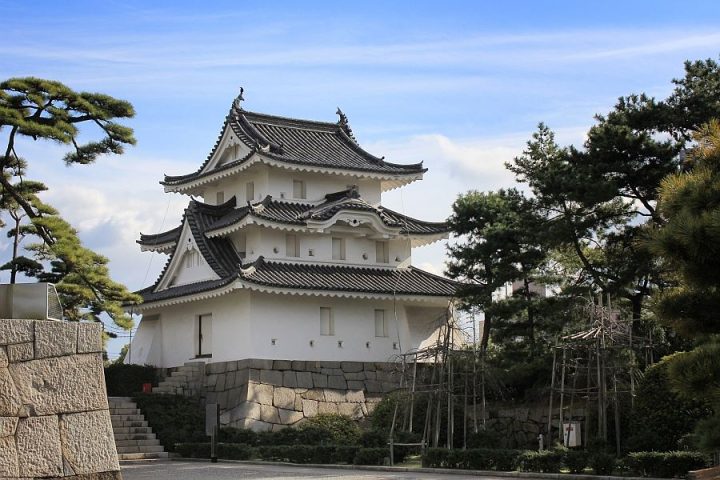
Takamatsu Castle was originally surrounded and protected by the sea, but with land reclamation, it now stands a short distance from the shore. The keep was dismantled in 1884, but several watch towers and gates remain. These elegant white buildings among the pines that grace the castle environs provide an interesting counterpoint to the modern buildings of the port area.
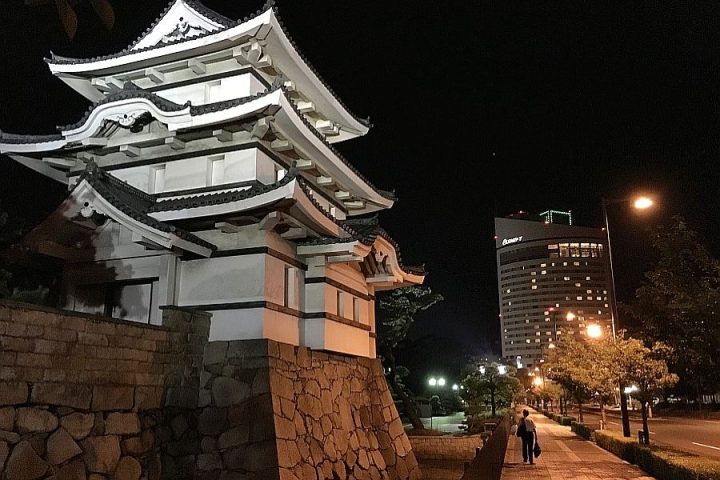
The garden within the castle walls is attractive in all seasons, with its well-preserved government office dating from 1917.
Shikoku Castle Tour
Our 5-day Shikoku Castle and Culture Tour is a great way to see the castles as well as the main cities of Shikoku.
Related Tours

Experience the most beautiful and interesting temples of the Shikoku Pilgrimage in seven days.

A tour for families or friends, staying in the most characterful kominka and ryokan of Shikoku.

Visit the most beautiful and interesting temples of the Shikoku Pilgrimage and walk the toughest trails.

